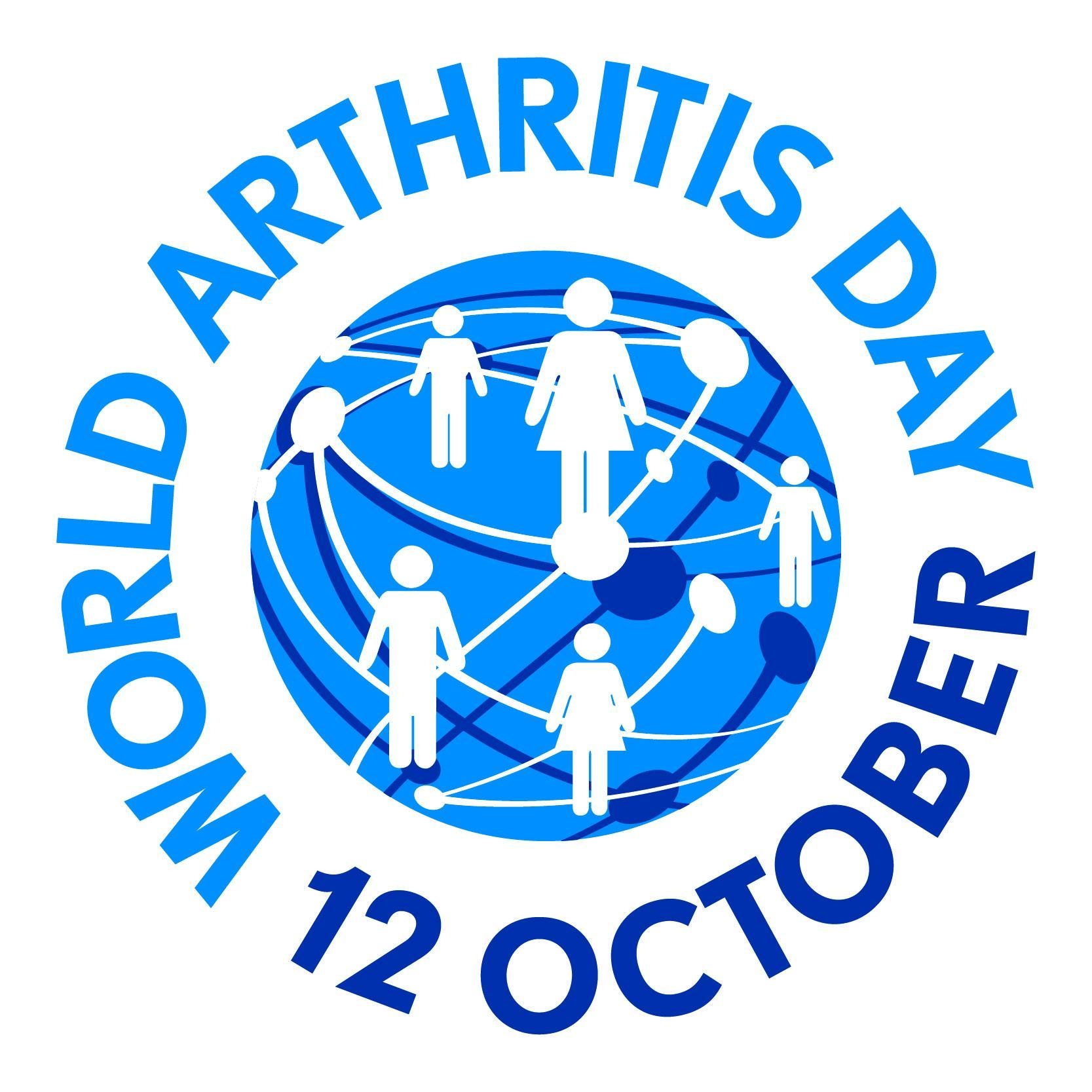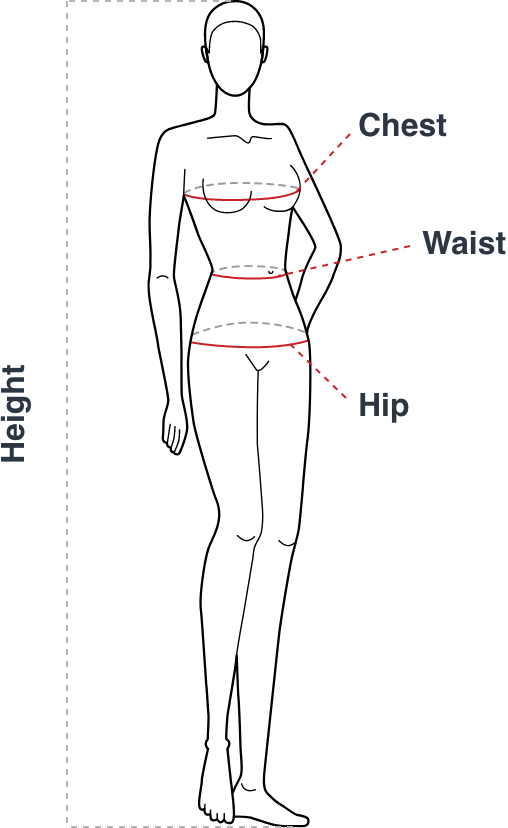World Arthritis Day, observed every year on 12 October worldwide, serves as an important occasion to raise awareness about rheumatic and musculoskeletal diseases (RMDs), their treatment, and prevention. Many individuals suffer from this painful ailment due to a lack of awareness about its existence and the available treatment options. According to the World Health Organization (WHO), approximately 15 percent of the elderly population is affected by arthritis, with symptoms typically more prevalent among older individuals.
Arthritis is a chronic inflammatory condition that primarily affects the joints and the surrounding tissues. The onset of arthritis is typically characterised by tenderness and stiffness that tends to worsen with age. There are two main types of arthritis: rheumatoid arthritis and osteoarthritis. Let's delve into the early signs of arthritis.
World Arthritis Day: Understanding Arthritis and Identifying Its Symptoms
On October 12, we commemorate World Arthritis Day, and this year, one iconic figure has shared his battle with this condition. In the United Kingdom, approximately 10 million people are affected by arthritis, and legendary Rolling Stones guitarist, Keith Richards, is among them. However, many of us remain unfamiliar with this condition and how to recognise its symptoms.
Despite their age, The Rolling Stones continue to deliver timeless music with their new album, Hackney Diamonds. Nevertheless, the recording process hasn't been as effortless as it was in the past. Speaking about his battle with arthritis in his hands, Keith Richards commented to the BBC, "Funnily enough, I’ve no doubt it has (affected my playing), but I don’t have any pain, it’s a sort of benign version. I think if I’ve slowed down a little bit, it’s probably due more to age. And also, I found that interesting, when I’m like, ‘I can’t quite do that anymore,’ the guitar will show me there’s another way of doing it. Some fingers will go one space different and a whole new door opens. So you’re always learning. You never finish school, man."
Mr. Joyti Saskena, a Consultant at Total Orthopaedics in Highgate Private Hospital, is here to provide you with comprehensive information about the condition.
What Is Arthritis and How Many Types Are There?
Arthritis is a broad term commonly used to describe disorders that affect the joints. Common symptoms include joint pain, stiffness, as well as redness, warmth, swelling, and reduced range of motion in the affected joints. In some cases, arthritis can also affect other organs. The onset of this condition can be gradual or sudden.
There are over 100 different forms of arthritis and related diseases, with osteoarthritis and rheumatoid arthritis being the most prevalent types.
Distinguishing Between Rheumatoid Arthritis and Osteoarthritis
Osteoarthritis (OA): Osteoarthritis occurs when the protective cartilage inside the joint deteriorates, making movement of the affected joints more painful and difficult. Over time, this can lead to the bones within the joint rubbing against each other, causing severe pain. Pain may also arise from other parts of the joint, such as bone, synovium (joint lining), and ligaments. The intensity of OA pain varies from person to person, ranging from mild to severe.
Rheumatoid Arthritis (RA): Rheumatoid arthritis is characterised by the immune system attacking the joints and other organs in the body. Typically, the immune system serves to protect the body from viruses, bacteria, and other invaders. However, in autoimmune diseases like RA, it becomes overactive and targets healthy tissue, particularly the synovium, which lines the joints. Over time, persistent inflammation can damage and permanently harm the joint. Pain in RA may also originate from other parts of the joint, such as the bone and ligaments.
At What Age Does Arthritis Typically Develop?
Arthritis often manifests in individuals between the ages of 40 and 50. However, it can occur earlier, especially if there is a history of trauma or injuries. Women are three times more likely to be affected by arthritis than men.
What Causes Arthritis?
Most types of arthritis result from a combination of factors. Genetic predisposition may make some individuals naturally more susceptible to certain disorders. Additionally, various external factors can further increase the risk for those with a genetic predisposition. These external factors may include:
- Previous injury
- Infections
- Physically demanding occupations
- Trauma
What Symptoms Should You Be Vigilant About?
Common symptoms of arthritis include:
- Joint pain
- Pain at rest, often intensifying during the night as the condition progresses
- Joint stiffness leading to reduced range of motion
- Inability to sit or stand for extended periods
- Swelling in joints, such as knuckles or feet
- Difficulty in performing daily activities, like putting on shoes and socks, getting in and out of a car or bath or climbing stairs
Is There Anything You Can Do Before Seeking Medical Treatment?
Before seeking medical treatment, you can consider the following preventive measures:
- Maintain a balanced diet
- Manage your weight effectively
- Engage in exercise to strengthen the muscles around the affected joints
- Focus on strengthening core muscles through activities like yoga and Pilates
- Consider taking joint supplements to support joint health
- If pain persists, over-the-counter painkillers like paracetamol and ibuprofen may provide relief.
Arthritis is a condition that affects millions of individuals worldwide, and early recognition of its symptoms is crucial for effective management and treatment. On this World Arthritis Day, let us make a conscious effort to stay informed and raise awareness about this condition, allowing individuals to lead healthier, pain-free lives.






